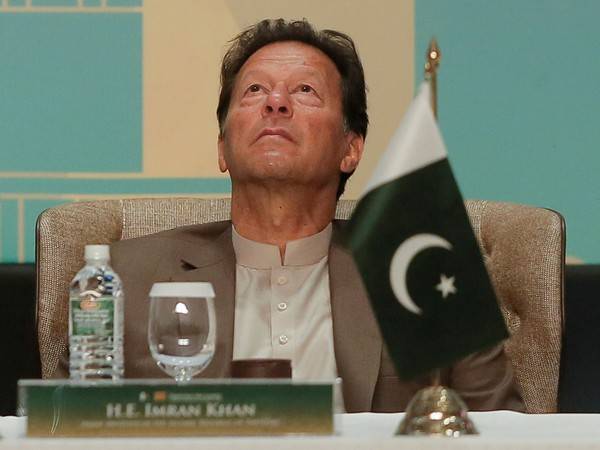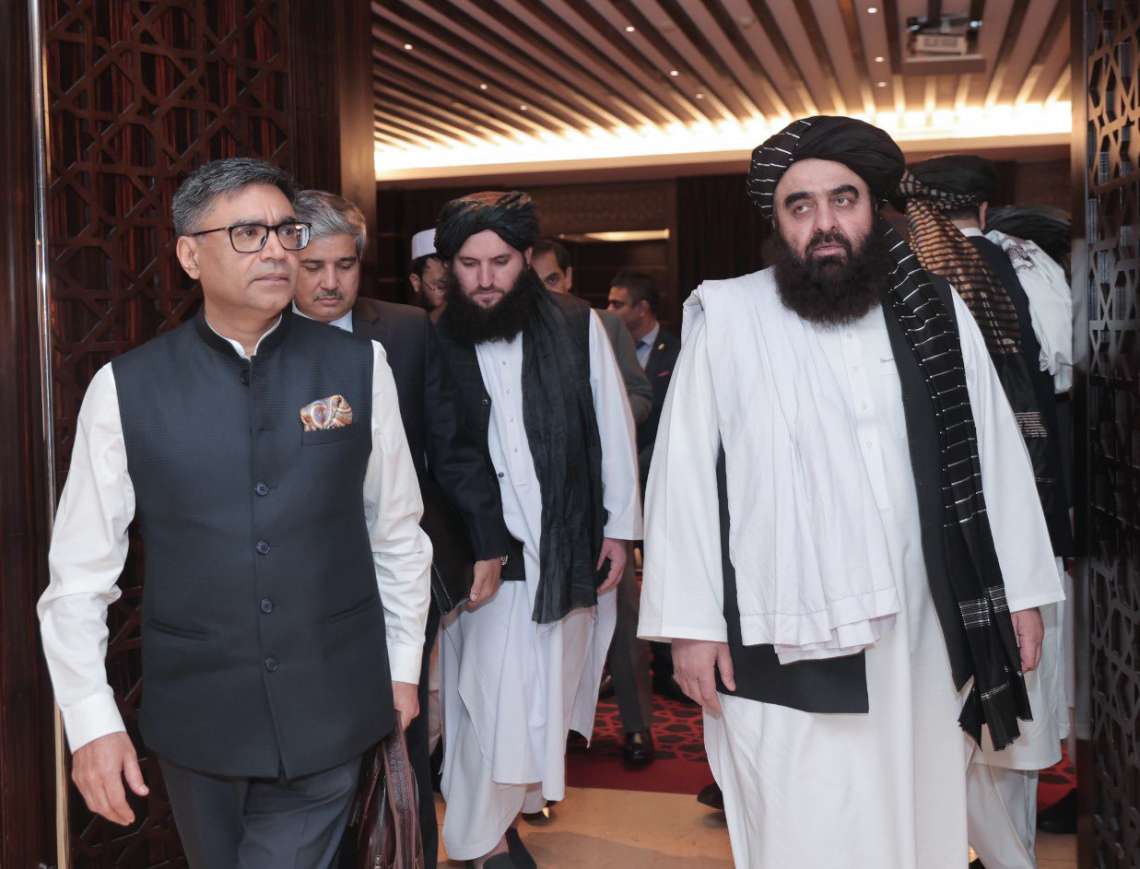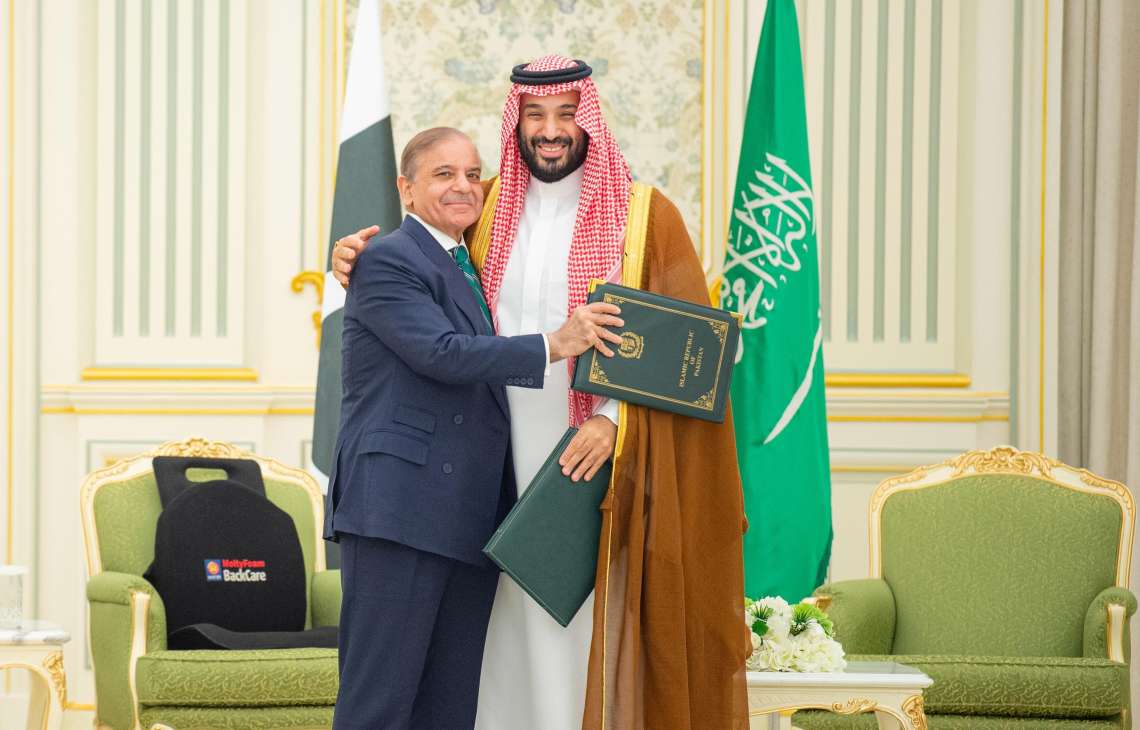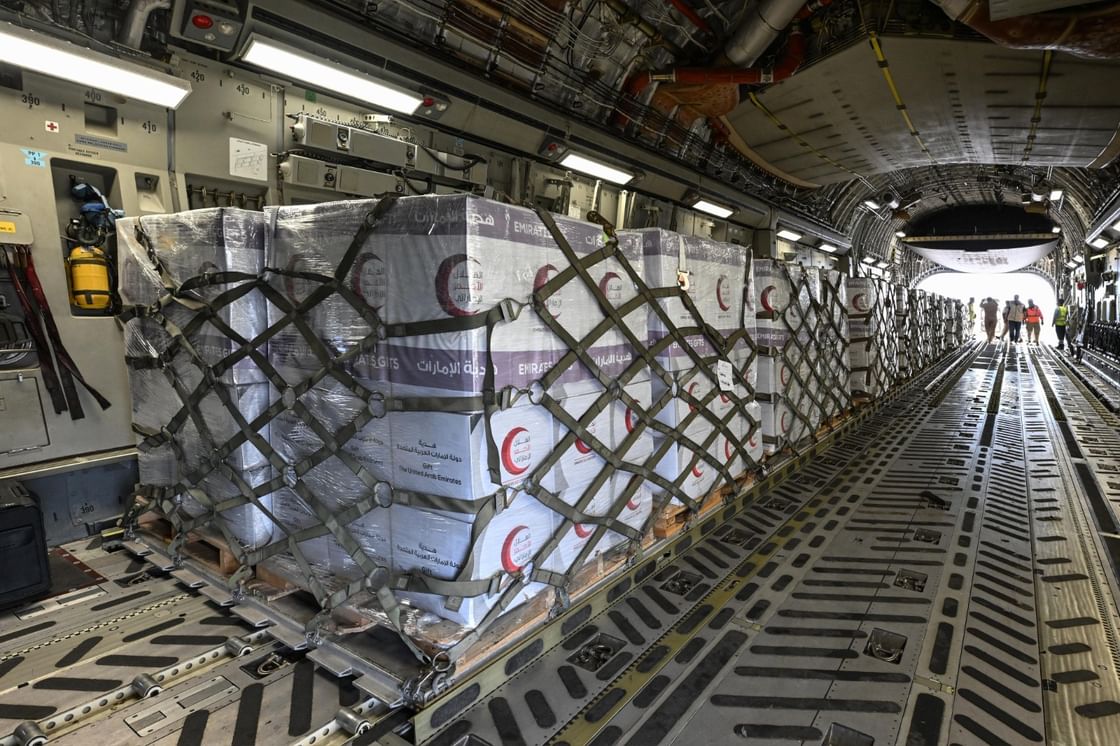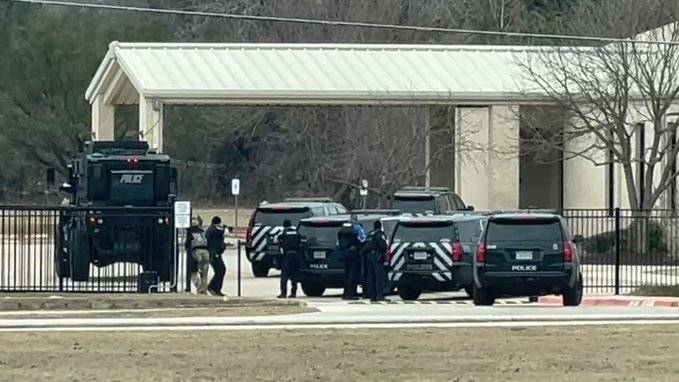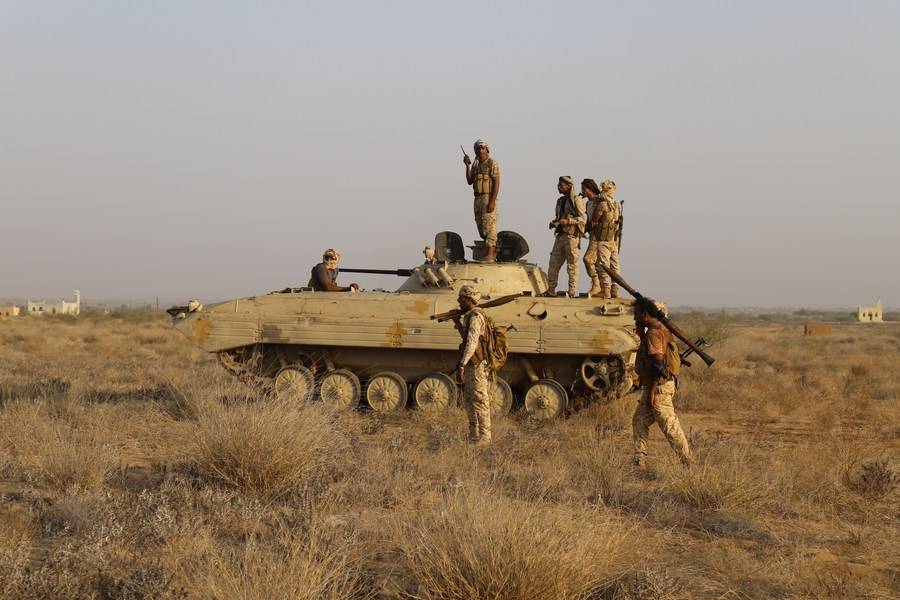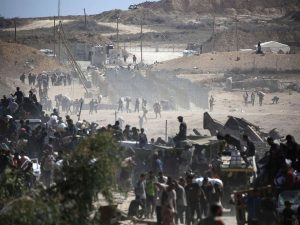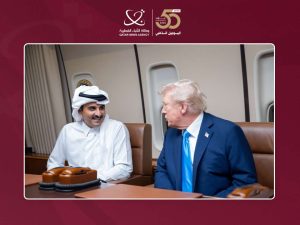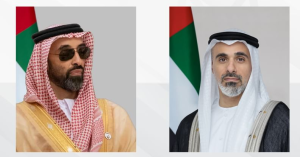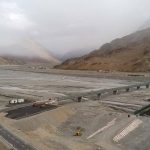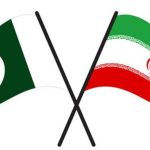Pakistan’s dilemma is that it cannot arm-twist Kabul since the Interim government of IEA is dominated by Haqqani Network , who, as the non-state actors, are in the pay roll of GHQ Shura…reports Asian Lite News
Pakistan is being driven mad by its protege, Taliban 2.0. And is in a fix, not nowing whether to get tough with the new Kabul masters or continue to act like their patron in the hope of establishing one-day Pakistani hegemony over Afghanistan.
Two issues have created a chasm between the Taliban rulers in Kabul and the GHQ in Rawalpindi which rules Pakistan through their ‘selected’ civilian proxies in Islamabad.
One, Pakistan wants Taliban to take stern action against Tehreek-e-Taliban Pakistan (TTP) – the bad terrorists so that they are eliminated.
Two, Pakistan wants Kabul to rein in the Afghan Pashtuns, who are objecting to the fencing of the 2500 km-long de-facto border, the Durand Line.
Pakistan’s dilemma is that it cannot arm-twist Kabul since the Interim government of Islamic Emirate of Afghanistan is dominated by Haqqani Network (HN), who, as the non-state actors, are in the pay roll of GHQ Shura — Council comprising the corps commanders.

A frustrated Pakistan has therefore turned to its time-tested diplomacy tool – blackmailing to make Kabul to fall in-line. Islamabad has told Kabul that its rulers would lose credibility globally if they failed to do what Pakistan wants, according to a local media report. Put simply, the message is address Pakistani concerns. Otherwise, don’t expect us to get the world to recognize your regime.
Funnily, Pakistan itself is not in a hurry to formally recognise Taliban 2.0. So is its iron friend China, and its new ally- Russia. All the three, especially the Imran Khan government in Islamabad, don’t want to rush in before the deep pocketed angel-the US, kick starts the recognition process. But the West is showing no urgency even while expressing sympathy and concern in equal measure for the suffering Afghans.
Now cut to the TTP factor. It has fraternal ties with the Taliban for long; it does not hide its linkages with the Islamic State, which also goes around as IS-Khorasan (IS-K), and shares a hostile relationship with the Afghan Taliban. For the IS egg heads, the Taliban 2.O are “filthy nationalists” with their ambitions confined to the boundaries of Afghanistan.
The IS-K has two goals – near term goal is Sharia based-rule in the Afghanistan-Pakistan region, while long-term goal is world-wide Caliphate. This front has been formed by former members of the Pakistani Taliban, Afghan Taliban and the Islamic Movement of Uzbekistan (IUM). In the past five-years, TTP and its extended arm IS-K have entrenched themselves in Nangahar and Kunar provinces of Afghanistan. And have been giving nightmares to the Pakistani Generals.

Shortly before the return of the Taliban to the driver’s seat in Kabul, Pakistan had claimed that its army had finished the threat from the TTP during a campaign to drive out terror groups. This claim is clearly for domestic consumption. Otherwise, Pakistan would not be putting so much pressure on Kabul now to smoke out the TTP.
Before August 15, 2021, Afghanistan was under the rule of US-backed America educated economist Ashraf Ghani. He saw no reason to rein in the TTP or other groups that troubled Pakistan. Because terror attacks on Afghanistan were mounted by Pakistan-based outfits with the connivance of the Army (and its intelligence wing, Inter-Services Intelligence, ISI), which, in Pakistan,is known as the permanent establishment of the country.
Change of guard in Kabul has not ended Pakistan woes. Moreover, TTP that so annoys Pakistan is almost entirely of Pushtun ethnicity and, thus, has close ties with fellow Pashtuns on either side of the Durand Line.

It is this Pashtun factor that has made Taliban 2.0 to put their foot down on fencing the border. Like the Taliban 1.0, the present Taliban also doesn’t accept the British drawn border. The Taliban thinks that the fencing would divide families with movement across the porous border obstructed by the fence.
Result: Taliban commanders inflicted a bloody nose on the Pakistani border guards. Pakistan’s leadership knows that the attack had come with the tacit approval of Taliban’s top brass. But right now,Pakistan can only twiddle its thumb.
The Afghan Taliban is not keen to start any assault against the TTP because that will infuriate the Pashtuns and make them restive. There is a fear that if Kabul moves against the TTP, its soldiers would swiftly move over to the deadlier IS-K.

This reality check prompted the Taliban 2.0 to become the facilitator of a month-long ceasefire between TTP and Pakistan. It ended on December 9 last year. Another ceasefire agreement does not appear to be on the horizon though Pakistan says it is in talks with the Taliban in Afghanistan to restore peace on the border, and to push ahead with the fence.
There is an unmistakable irony in the Taliban-TTP-Pakistan saga.
The Taliban that enjoyed patronage of America’s CIA in the days of jihad against Soviet Army, and became ISI’s non-state actor in facilitating Pakistan’s strategic goals, is disapproving IS-K.
If IS-K influence spreads in Afghanistan it can only be at the expense of the Taliban. But the scenario, one that the Taliban fears, is a mass exodus from its ranks to IS-K. And hence, finishing the IS-K is one of its top priorities. Not weeding out the TTP, as Pakistan wants.
Put simply, Pakistan will experience no respite from the TTP blitzkrieg. And get a good taste of its own medicine? Well, Pakistan has done little to put out of operation the India-centric terror groups nurtured and sheltered on its soil.

